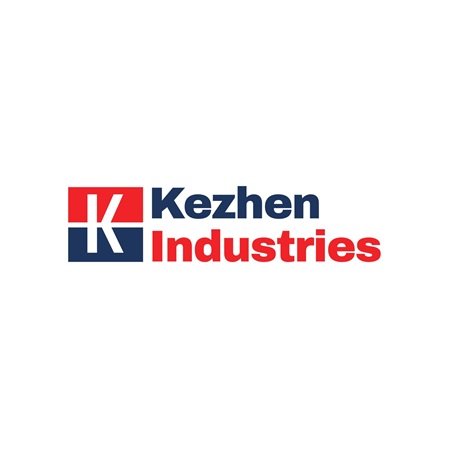
RF Microwave Components
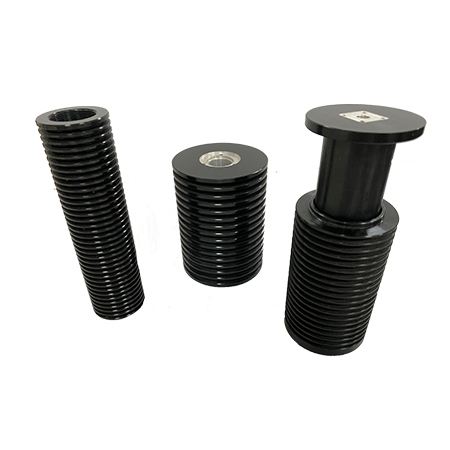
Your one-stop solution providing RF Microwave components
As a trusted manufacturer, we can offer the best quality RF Microwave components for wide range applications such as RF Attenuators,RF Couplers,RF Power Dividers/Splitters,RF Filter ,RF Load and more.
Here in Kezhen, you can also guarantee a customized RF Microwave components that are tailored according to your specifications,we produce RF Microwave components using the highest quality materials. A wide range of raw materials and more are carefully sourced to make the best quality RF Microwave components.
Contact us now for more inquiries!
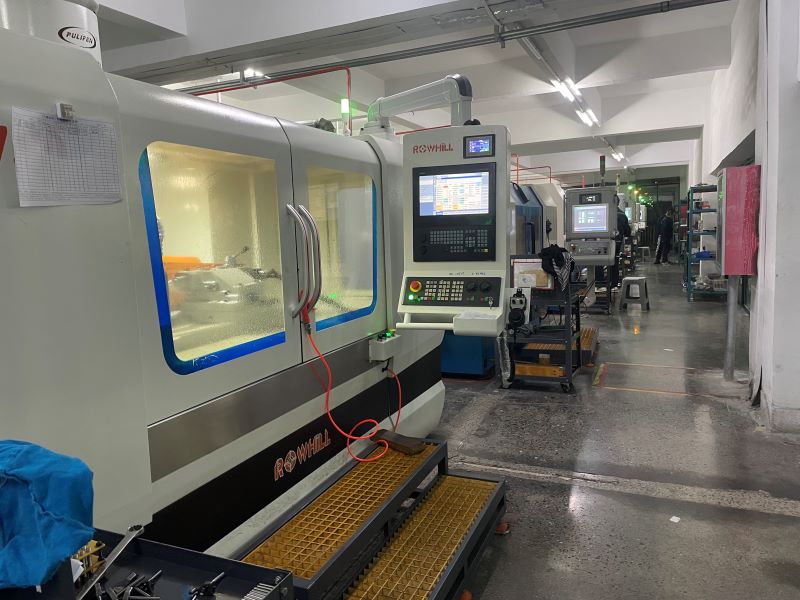
Through over 20 years of purchasing equipment continuously, we have complete processing machines to meet your customized needs of RF Microwave components, such as:
5- Axis CNC machines,
Anodizing production lines,
Micromachines,
Digital detection machines,
Sewage treatment equipment,
Perfect outsourced processing
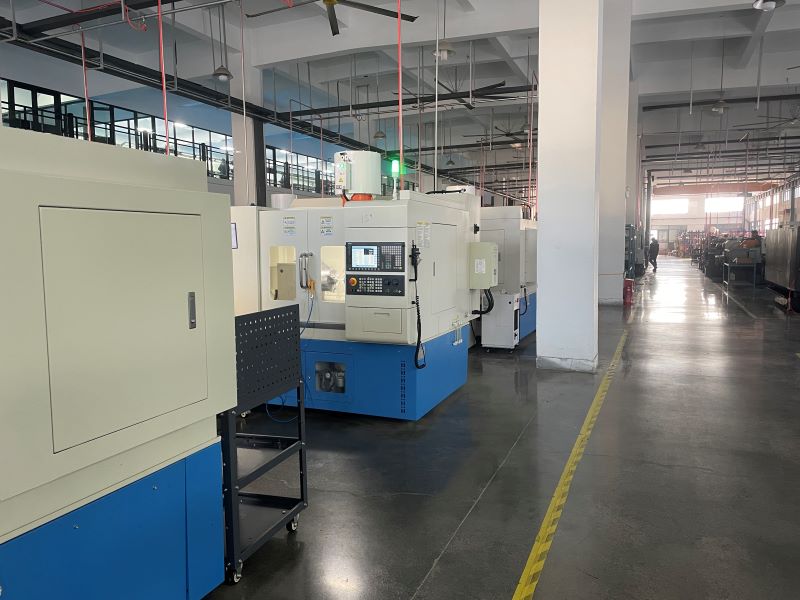
Why KZ RF Microwave Components
Here in Kezhen, we produce RF Microwave Components using the highest quality materials. A wide range of high-grade raw materials and more are carefully sourced to make the best quality RF Microwave Components for you.
As a trusted manufacturer of RF Microwave Components, we can offer the best quality RF Microwave components for wide range applications such as RF Attenuators,RF Couplers,RF Power Dividers/Splitters,RF Filter,RF Loads and more and more.
Kezhen have an extremely experienced team of machinists and engineers to ensure the continuation of great precision and tight tolerances. All RF Microwave components undergo comprehensive inspection methods to meed standards, requirements and customization.
Here in Kezhen,you can ensure to get uniform and high-quality RF Microwave Components.
Send us your inquiries today!
RF Microwave Components Production Requirements
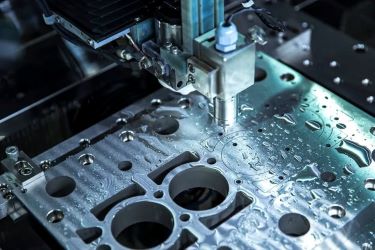
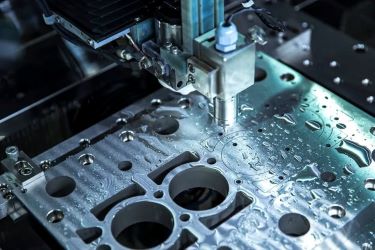
As the internal integration of RF Microwave components becomes higher and higher, the volume of the RF Microwave cavity becomes smaller and smaller. While the internal space of the RF Microwave cavity is utilized as much as possible, the probability of deformation of the cavity and the losses caused by deformation also greatly increase. If the RF Microwave cavity often deforms during the processing or assembly of RF Microwave Components, it will cause the parts to become unusable or the internal circuits to be damaged,the performance of the RF Microwave Components will deteriorate, and at worst, the internal devices will be damaged and the RF Microwave Components will completely fail. Therefore, the deformation of the RF Microwave cavity should be considered as a very important issue from all aspects of design, processing, assembly and adjustment.
Kezhen has multiple advanced processing equipment and 4 oxidation production lines, which can meet different surface treatment requirements. RF Microwave Components require special production processing to cope with the harsh use environment.
There are four types of anodizing processes based on the acid bath type and thickness capabilities.
Chromic Acid Anodizing (Type I)
Type I is the ideal if you need a thin layer, especially for decorative and some functional uses. However, it can mimic the performance of Type II or hard coating after sealing. Meanwhile, the thickness of the layer ranges from 0.00002"-0.0001".
Sulfuric Acid Anodizing (Type II)
This is the most common type and uses sulfuric acid as an electrochemical medium to form the oxide layer. Sulfuric acid anodizing uses a solution with a concentration of 15-20%. It forms a thicker oxide layer than Type I and is used for a wide range of applications. The thickness ranges from 0.0001"-0.001". In addition, Type II anodizing offers high corrosion and wear resistance and is available in a variety of color options.
Hard Anodizing (Type III)
Type III is the densest and strongest type and is used for thicker oxide layers on the surface. Therefore, it is well suited for harsh and chemical environments. Thickness can range from 0.0005" to 0.006". Hard anodizing is mainly used for high performance and low friction parts. The hard anodizing method can use chromic acid, sulfuric acid or oxalic acid as the electrolyte.
Phosphoric Acid Anodizing
It is primarily a surface treatment rather than a full-blown corrosion or wear treatment. Phosphoric acid anodizing uses a 15-30% phosphoric acid solution. Unlike the other types, it forms a very thin and porous oxide layer (< 0.0001 inches). It is well suited for the application of further adhesives or primers.
1. Anodizing tank setup: The electrolytic cell is responsible for the entire electrolysis process and it is where the aluminum and cathode are immersed in the electrolytic cell. The electrolytic cell is usually made of chemically resistant materials such as polypropylene, PVC or coated stainless steel. To fix the anodes, the electrolytic cell comprises a rack mechanism which is further connected to the electrical busbar for a uniform and controllable power supply. On the other hand, a separate fixture holds the cathode and is connected to the busbar. During the anodizing tank setup, you need to consider different factors; the size of the tank, the busbar capacity and its safe connection to the rack, the cathode to anode area ratio (1:1 or 1:3), the filtration of electrolyte impurities, etc.
2. Control of acidic solution: The temperature and concentration of the acidic solution directly affect the thickness and quality of the anodized layer. High acid concentration may lead to faster layer growth, but will result in a rougher or burned surface. Therefore, you need to monitor the pH value of the solution. If any changes occur, you can add buffer solution or neutralizing solution according to the standard pH value set for the process.
3. Manage anodized layer and thickness: The anodized layer is formed when oxygen ions in the electrolyte migrate to the metal surface and react with metal atoms. Therefore, layer growth and thickness fundamentally depend on factors that affect the metal and oxygen ion concentrations. For example, temperature, current density, time, acid concentration, etc. Therefore, you must set all processing parameters taking into account thickness requirements and other surface finish characteristics.
4. Anodizing Tank Maintenance: As anodizing progresses, the bath begins to accumulate impurities such as metal salt residues and dissolved chemicals. In addition, metal ion concentrations tend to be higher than standard levels (ideally less than 20 g/L). These impurities affect process efficiency and overall quality. Therefore, filtering impurities and maintaining pH, proper agitation, and ion concentration are critical.
Newsletter Signu
Sign Up for Exclusive Offers From Us